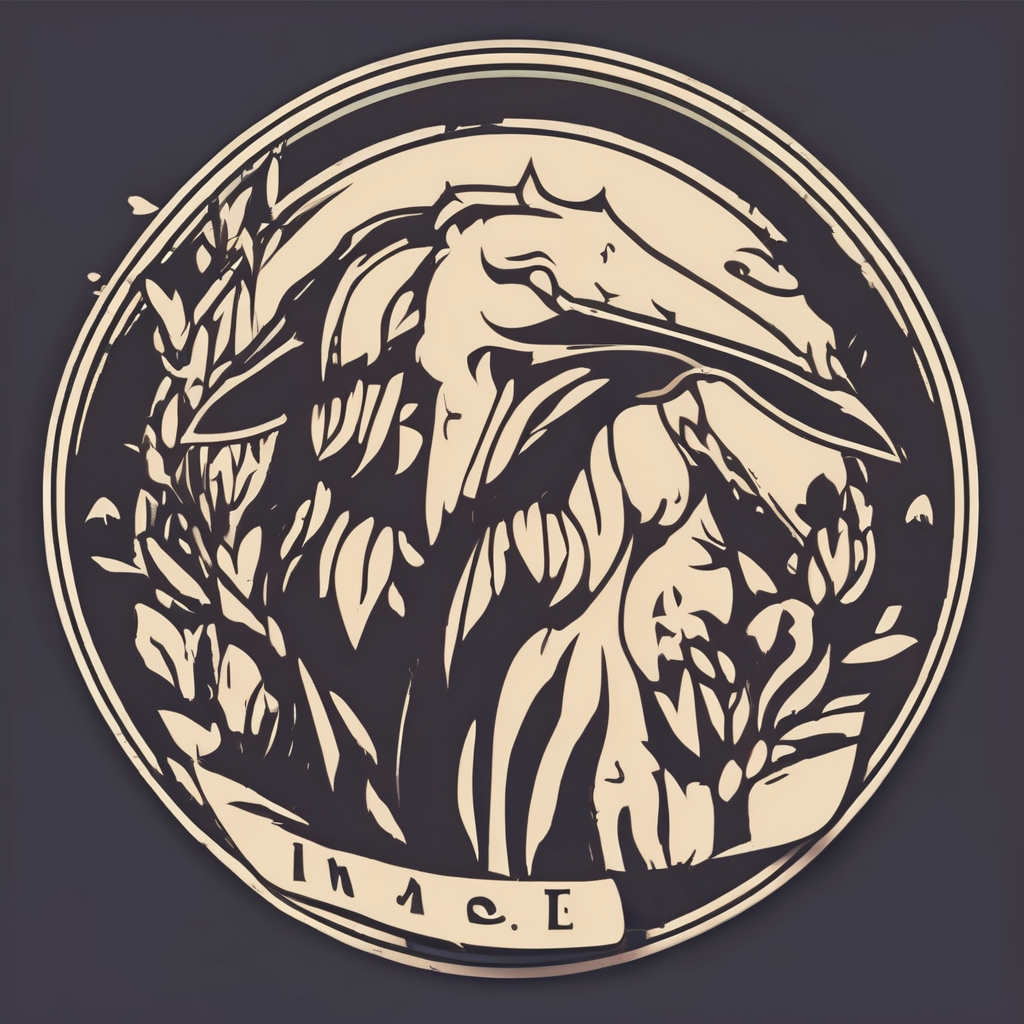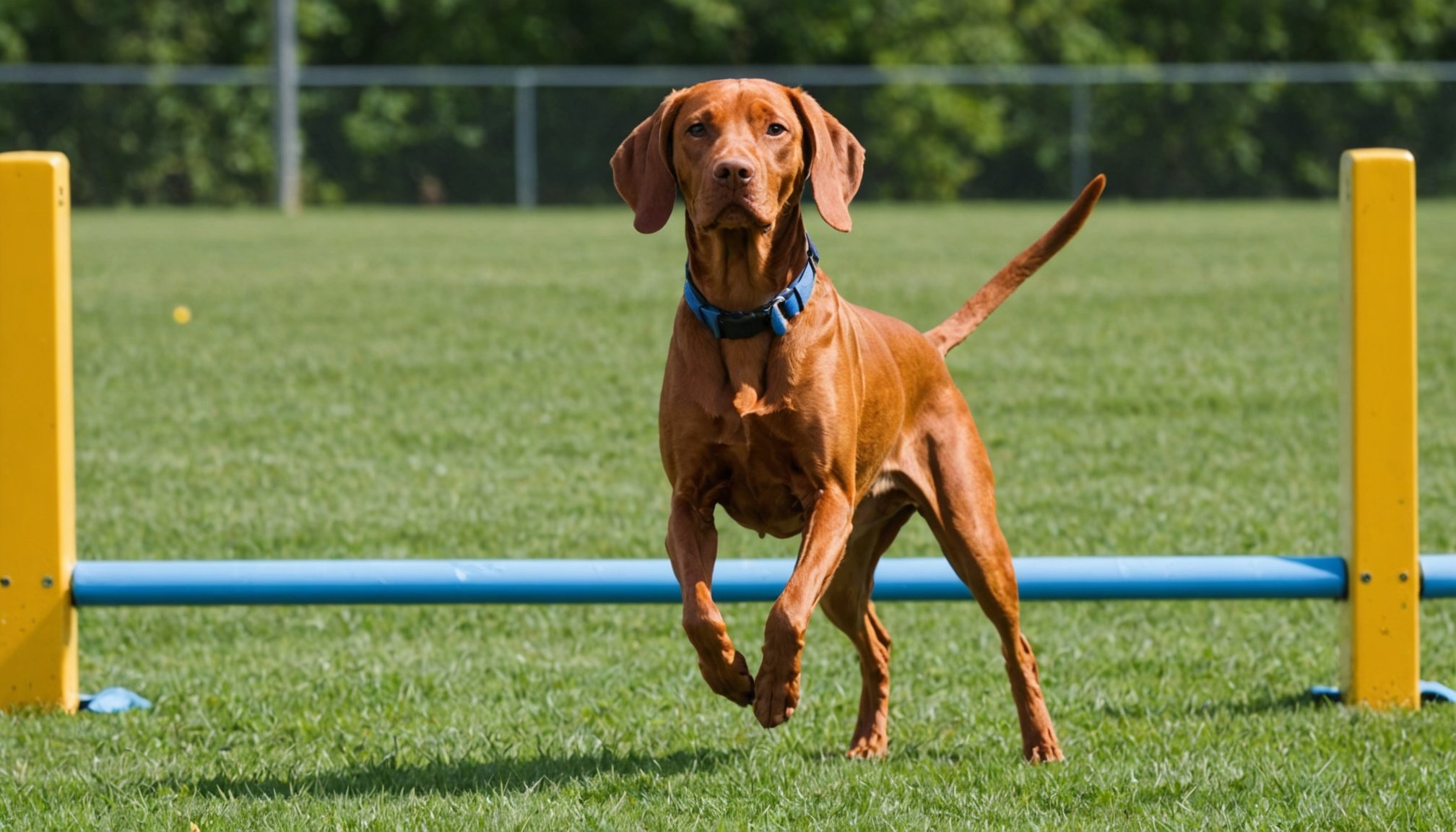Understanding the Importance of Focus in Agility Competitions
In agility competitions, focus in agility is the cornerstone of success. For a Vizsla, whose energy is boundless, harnessing that energy through mental concentration can make all the difference. A focused Vizsla is better able to navigate courses efficiently, reacting swiftly to commands and obstacles.
During competitions, Vizslas encounter several distractions. These can range from the noise of the crowd to the scent trails left by other animals. Such distractions can disrupt vizsla training routines, leading to errors and decreased performance. To mitigate this, it is crucial to simulate competition environments during training, helping your Vizsla acclimatise and maintain attention despite external stimuli.
In parallel : Mastering leash training: proven techniques for a well-behaved gordon setter
Maintaining tranquility amidst chaos is beneficial for both handler and dog. A calm demeanor aids in clear communication, which is vital for guiding a Vizsla through agility courses effectively. Competition readiness is not just about physical prowess but also mental sharpness. A serene environment helps the Vizsla to stay focused, reducing stress and enhancing its capacity to perform complex tasks.
Ultimately, achieving peak performance in agility competitions is about balancing excitement with control, ensuring that your Vizsla’s natural exuberance is directed into completing the course with precision.
Also read : Creating a tailored home-cooked diet for your food-allergic english springer spaniel
Proven Training Techniques for Enhancing Focus
Training a Vizsla to improve focus involves well-structured training techniques. A step-by-step routine is crucial to building concentration in these energetic dogs. Begin by setting clear and consistent boundaries, gradually increasing the difficulty of tasks as your Vizsla masters each level. This provides a structured environment where they can excel.
Vizsla training methods often include positive reinforcement. Rewarding desired behaviours with treats or praise encourages your Vizsla to repeat those actions, reinforcing their learning. This strategy not only fosters focus but also strengthens the bond between you and your dog.
Incorporating focus games into daily sessions can significantly boost attention. Simple games like “find the treat” or puzzle toys keep the dog’s mind engaged and are excellent tools for focus enhancement. These activities are enjoyable for the dog and provide mental stimulation, one of the best-suited training techniques for active breeds.
Training should be a fun, rewarding experience for both the Vizsla and the owner, ensuring a well-balanced relationship. By following these methods, you can effectively channel your Vizsla’s energy into productive activities, creating an environment where focus and obedience flourish.
Behavioral Management Strategies to Promote Calmness
Understanding and addressing behavioural management is crucial when dealing with high-energy breeds like Vizslas. Knowing what triggers disruptive behaviour is a vital first step. Common triggers include unfamiliar environments, lack of exercise, or sudden loud noises. Identifying these can make applying calming strategies more effective.
Calming strategies play a significant role in stress reduction. For Vizslas, techniques such as controlled breathing exercises and gradual exposure to stressful scenarios can be beneficial. Before competitions, it’s essential to engage in calming rituals, such as gentle command drills followed by relaxation exercises. This prepares the dog mentally and physically for the upcoming event.
Regular exercise is the backbone of reducing stress. Vizslas thrive on physical activity; hence, consistent exercise routines are vital for maintaining calmness. Morning runs or evening fetch games can be excellent ways to expend their energy. Mental stimulation is equally important. Games that challenge their problem-solving skills, like puzzle toys or hide-and-seek, can keep their mind sharp and engaged.
In combination, these behavioural management methods can significantly promote calmness. By understanding and implementing these strategies, owners can ensure that their Vizsla remains poised and composed, even in potentially stressful scenarios.
Agility Practice Routines Tailored for Vizslas
Agility training for Vizslas is an effective way to harness their energetic nature. Structure practice sessions with attention to focus to achieve the best results. Optimal sessions should not exceed 20-30 minutes. Start by mapping out activities using cones, tunnels, or weave poles, allowing room for creativity in course design. This keeps paw-ticipation levels high!
Using agility equipment plays a vital role in boosting a Vizsla’s confidence. Equip your practice area with standard obstacles, such as jumps and tunnels, which are pivotal in agility training. Vizslas are also excellent at adapting to new challenges. Increasing obstacle complexity gradually helps maintain motivation while reinforcing concentration.
Incorporating regular, short breaks during these sessions is essential. Avoiding overstimulation is key to maintaining a Vizsla’s enthusiasm and reducing potential stress. Short breaks provide the dog with rest and time to process, making the agility practice more effective.
Practice routines tailored for Vizslas should evolve with the dog’s agility progress. Adapting the regimen by adding variations keeps the training engaging and enhances skills progressively.
Designing targeted agility routines takes practice, but with persistence and effort, you’ll see a happy, agile, and well-exercised Vizsla driving towards success in their agility endeavours.
Real-Life Examples and Case Studies
Let’s explore real-life examples and case studies highlighting success stories where Vizslas improved their focus through targeted strategies. These examples illuminate the potential outcomes of effective training approaches and the challenges trainers face in competitive environments.
One noteworthy case details a determined owner who transformed her Vizsla into a focused competitor through interactive play and targeted training exercises. By engaging the dog’s natural instincts through scent-based games and obstacle courses, significant improvements in attention were achieved, showcasing the impact of specific training methods. Such success stories prove the efficacy of tailored approaches for individual dogs.
An analysis of various approaches reveals patterns among successful trainers. Strategies such as consistency in commands, positive reinforcement, and structured routines consistently improve training outcomes. Notably, integrating activities that mimic natural hunting behaviours, like fetching games, proved beneficial in sustaining attention spans.
Lessons from competition settings revealed challenges, such as maintaining focus amidst distractions. Trainers learned to simulate competitive environments in practice sessions, thus preparing their dogs for real-life scenarios. Moreover, trainers highlighted the importance of patience and adaptability in overcoming unexpected hurdles.
These cases illustrate how practical strategies and understanding intrinsic motivators can significantly enhance a Vizsla’s focus, ultimately leading to successful training outcomes.
Visual Aids and Resources for Training
When it comes to effectively enhancing training sessions, incorporating diverse resources is key. Visual aids like video demonstrations are invaluable. They provide clear examples, allowing users to observe techniques in real-time. Platforms such as YouTube host numerous recommended videos that cover a range of strategies, ensuring there is something suited to every learning style. Watching professionals demonstrate skills not only makes the learning process more engaging but also clarifies complex concepts.
Diagrams and infographics are also crucial in supporting training. They encapsulate strategies in a visually digestible format, breaking down information into simpler parts. This helps in better retention and understanding, by offering a quick visual reference point for learners.
Additionally, finding supportive communities is important. Online forums or platforms like Reddit can complement visual aids by offering spaces where users share their expertise, solve problems collectively, and exchange training resources. Engaging in these communities offers the added benefit of gaining insights from shared troubleshooting experiences and advice on best practices.
Harnessing this combination of visual resources and community support can greatly enhance one’s ability to learn effectively and efficiently.











